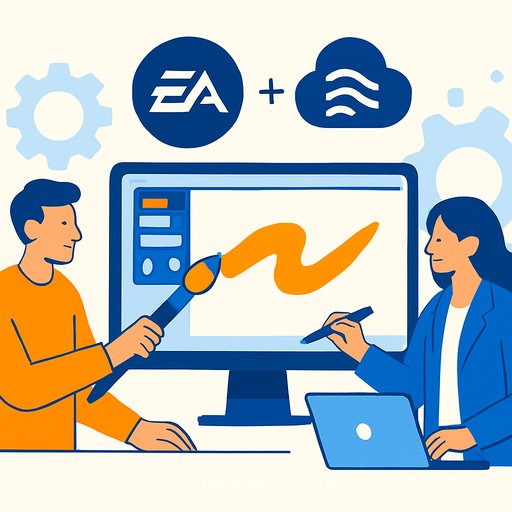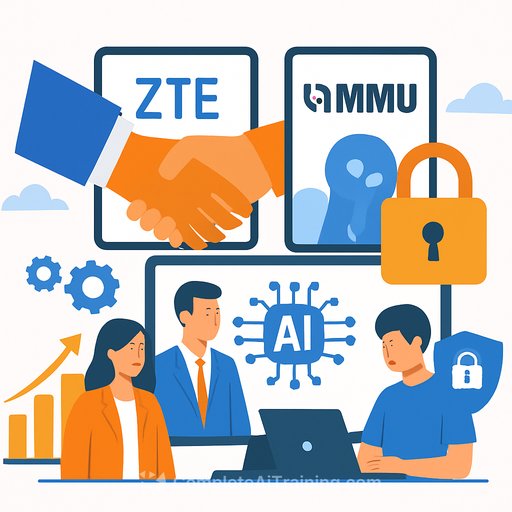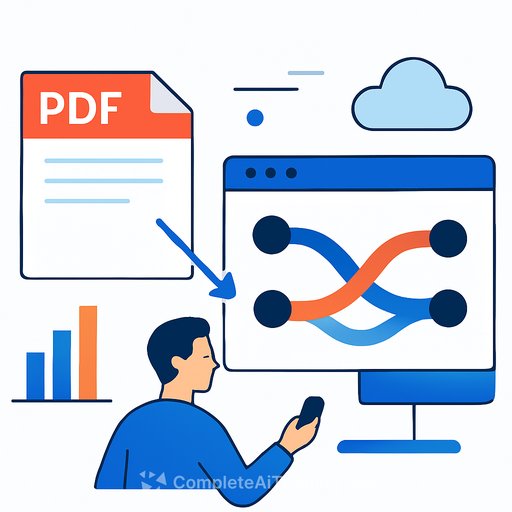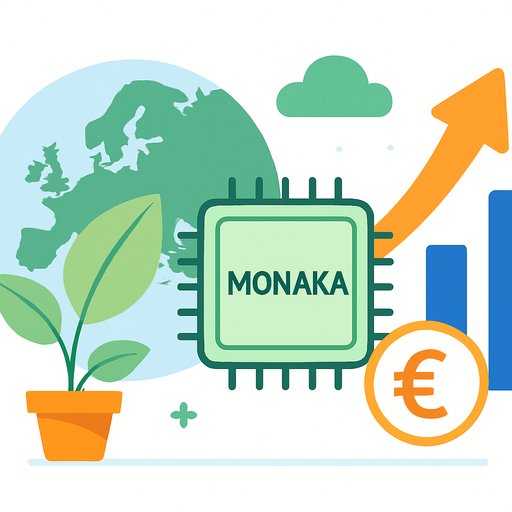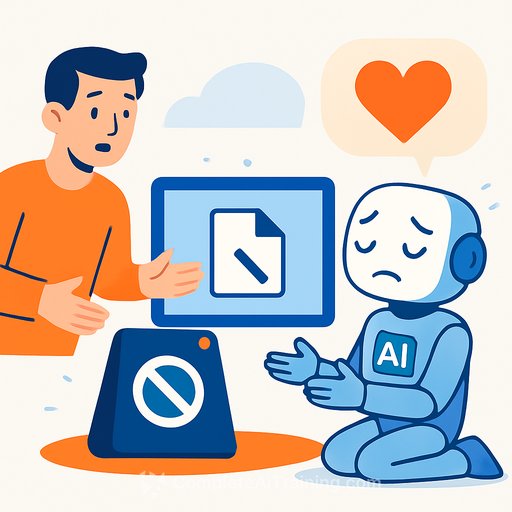EA partners with Stability AI to speed up asset creation-without dropping quality
EA announced a partnership with Stability AI, the team behind Stable Diffusion, to co-develop AI models, tools, and workflows for game production. The aim is simple: build faster while keeping quality tight.
EA describes these tools as "smarter brushes" that amplify what artists can do. Early use cases focus on in-game textures and assets, with a heavy emphasis on PBR materials that hold up under any lighting setup. There's also a push to pre-visualize 3D environments from clear prompts, so art teams can iterate earlier and ship better direction to production.
What "smarter brushes" means for your pipeline
- Text-to-material: Generate PBR packs (albedo/roughness/metalness/normal) from prompts or reference images.
- Variant and up-res: Create consistent material variants (wet, aged, damaged) and upscale with style constraints.
- Prompt-to-blockout: Rapid environment pre-vis from structured prompts, then lock camera, mood, and layout before full build.
- Style control: Use control nets or adapters for consistent look across franchises and SKUs.
If you're new to PBR, anchor your material standards to physically based workflows and strong validation. A quick primer is here: Unreal Engine PBR materials.
Technical notes for clean integration
- Validation: Enforce energy-conserving albedo ranges, metalness rules, and roughness sanity checks pre-commit.
- Seams and tiling: Auto-test for seamless tiling, normal map integrity, and mip behavior. Add auto-fix passes where possible.
- UDIMs and texel density: Keep UDIM layouts consistent; audit texel density to prevent shimmering and memory spikes.
- DCC and engine hooks: Wire generation into Substance 3D, Blender, or Maya; script import pipelines for Unreal/Unity.
- Lighting test scenes: Standardize neutral HDRIs and a few production HDRIs for quick "does it hold up?" checks.
- Provenance: Store prompts, seeds, model versions, and edits as metadata. You'll thank yourself during QA and legal review.
Why now: industry push and cost pressure
Leaders across gaming are leaning in. Take-Two's Strauss Zelnick has argued generative AI can boost productivity and increase employment. Krafton publicly set an "AI-first" direction. On the tooling side, Microsoft continues to ship AI-focused resources for game dev teams (Microsoft Game Dev).
For EA, there's another angle: costs. If the company faces heavier financial pressure from structural changes or potential privatization scenarios, AI-assisted asset production could reduce cycle times and spend. That's theory, but it tracks with where budgets get squeezed first.
Guardrails you'll need on day one
- Data and rights: Use licensed or internal datasets; isolate fine-tunes per franchise to control style and IP exposure.
- Human-in-the-loop: Artists remain the gatekeepers. Set review thresholds and block auto-merge into main branches.
- Consistency: Lock color spaces, LUTs, and style guides. Small drift compounds across thousands of assets.
- Safety and prompts: Add prompt filters, banned term lists, and watermark checks for external deliveries.
- Compliance: Keep an audit trail for training sources and asset lineage. Reduce downstream legal surprises.
90-day pilot plan
- Scope: Pick one environment set or a sports venue slice. Limit to 200-400 materials and props.
- Modeling: Start with a Stable Diffusion checkpoint; fine-tune or add LoRAs for franchise style.
- PBR pack generation: Auto-generate albedo/normal/roughness/metalness; validate with scripted checks.
- Metrics: Track time-to-first-pass, review rounds, acceptance rate, and cost per asset versus baseline.
- Integration: Build Substance-to-engine scripts, versioning, and prompt metadata storage.
- Compute: Fix budgets per sprint; test local vs. hosted inference and cache frequently reused outputs.
KPIs that actually matter
- Asset cycle time: Brief to engine-ready minutes/hours.
- Rework rate: Percentage of assets requiring major edits after first review.
- Visual stability: Texture memory budgets, draw call impacts, and LOD shimmer issues.
- Quality: Bug counts tied to materials/lighting, plus playtest notes on readability.
- Team health: Artist satisfaction and time recaptured for creative tasks.
What this means for dev teams
AI here isn't a replacement for artists-it's a speed layer for exploration and first passes. The studios that standardize prompts, validation, and integration will see the gains. Those that skip guardrails will pay the tax later in rework and legal review.
If you're building prompt systems for art teams, this collection can help: Prompt engineering resources.
Related references
Your membership also unlocks:

